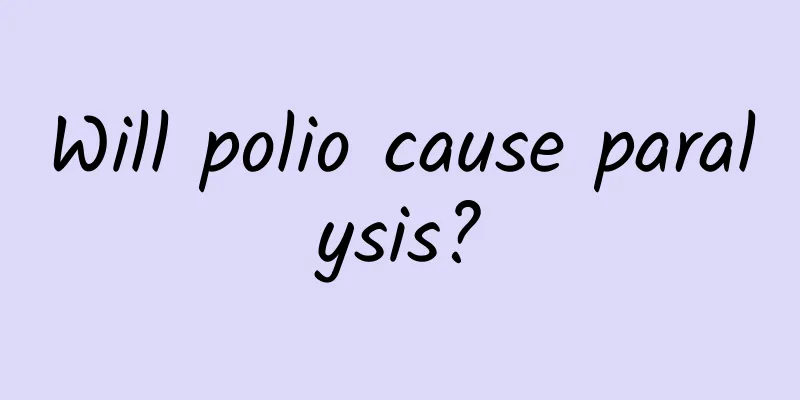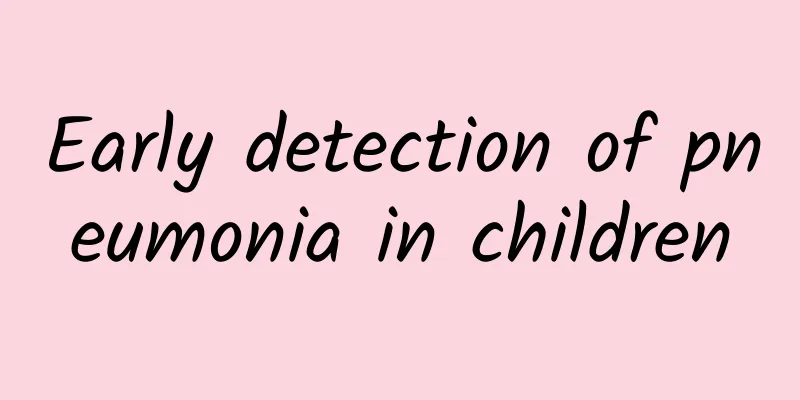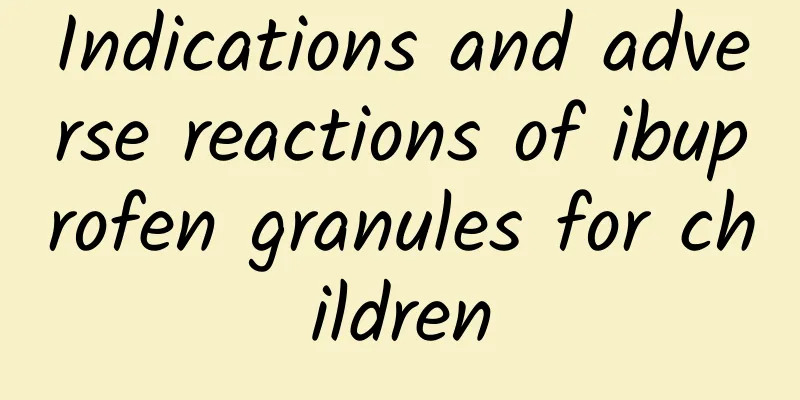Prevention and treatment of Kawasaki disease should not be taken lightly

|
Have you heard of Kawasaki disease? In fact, this disease is quite common, and the prevention and treatment of Kawasaki disease cannot be taken lightly. Kawasaki disease originated in Japan, but in recent years there have been many Kawasaki disease patients in our country. It usually occurs in children under five years old, causing a lot of pain to the children. Therefore, many parents have been looking for ways to prevent the disease. So what are the ways to prevent Kawasaki disease? Let's take a look together. The child has persistent fever, a bayberry-like tongue, and large flakes of skin peeling at the junction of the nail bed and skin. According to pediatric experts, if a child has the above symptoms, he or she may have Kawasaki disease. Kawasaki disease, also known as mucocutaneous lymphadenopathy, is an acute febrile rash disease in children with systemic vasculitis as the main pathological feature. Experts said that the cause of the disease has not yet been determined, but relevant studies have shown that there is obvious immune disorder in the acute phase of the disease, which plays an important role in the pathogenesis. Kawasaki disease is common in children under 5 years old. The main symptom is persistent fever for 5 to 11 days or longer, with body temperature often reaching above 39°C, and antibiotic treatment is ineffective. Common symptoms include bilateral conjunctival congestion, lip flushing, cracking or bleeding, and bayberry tongue. The hands and feet are hard and edematous, with early flushing on the palms and soles, and characteristic large exfoliation of the toes after 10 days, appearing at the junction of the nail bed and skin. There is also acute non-purulent transient cervical lymphadenopathy, which is most prominent in the front neck, with a diameter of more than 1.5 cm, mostly unilaterally, with slight tenderness, occurring within 3 days after fever, and self-healing after a few days. Soon after fever, maculopapular or erythema multiforme-like rash appears, mostly on the trunk, but without blisters and scabs, and disappears in about a week. Experts remind that the vast majority of children have a good prognosis, with a self-limiting course, and can gradually recover with proper treatment. However, 15-30% of Kawasaki disease patients may develop coronary artery aneurysms. However, if it can be cured within 10 days, 95% will not cause aneurysms. If there are no changes in the coronary arteries, normal life can be resumed after 3 months. Even if there is an aneurysm, if it is cured within 3 months, normal life can be resumed, but for the sake of caution, regular ultrasound examinations should be performed. Experts stressed that although the child had a fever, he was still very energetic. Although his appetite decreased slightly, he ate everything. When the fever is high, you should pay attention to drinking enough water. The child's malnutrition is closely related to the body's increased metabolism and consumption. It is necessary to strengthen digestive tract management, eat more high-nutrition, easily digestible food, and advocate high-calorie, high-protein, high-vitamin liquid or semi-liquid diet, such as egg cake, fruit juice, soy milk, etc. Avoid eating raw, hard, overheated, spicy and irritating food. During the acute attack period, eat a small amount of liquid food and eat frequently. If necessary, supplement nutrients such as fat emulsion and amino acids to ensure sufficient nutrition, improve one's own disease resistance, and promote early recovery from the disease. The above content introduces the prevention measures for Kawasaki disease. The prevention of Kawasaki disease must be started before the disease occurs. In daily life, we must pay more attention to the hygiene of children, let them develop good hygiene habits, and have a balanced diet and eat less snacks. |
<<: How to prevent Kawasaki disease
>>: Can early stage Kawasaki disease be cured?
Recommend
How to disinfect your home for hand, foot and mouth disease? What are the methods of disinfection for hand, foot and mouth disease?
Every spring and summer, we often see many places...
What symptoms can diagnose ADHD in children?
ADHD is a common disease among many diseases. The...
What ointment can cure baby's red buttocks quickly? What are the reasons for baby's red buttocks?
There are many reasons for babies to have red but...
Correct usage and contraindications of Sunflower Children's Paracetamol and Phenylephrine Granules
The instructions for use of Paracetamol and Pheny...
What are the dietary taboos for children with pneumonia?
Pneumonia patients endure unbearable pain during ...
How much does it cost to check for acute laryngitis in children?
At present, the incidence of acute laryngitis in ...
Is mumps contagious?
Mumps 1. Mumps is a contagious disease. Children ...
Is sudden abnormal liver function and jaundice serious?
Sudden abnormal liver function accompanied by jau...
How to treat diarrhea and low fever in children
How to treat diarrhea and low fever in children? ...
First check for Hirschsprung's disease
Congenital Hirschsprung's disease requires a ...
What does jaundice look like?
Jaundice first causes a yellow discoloration of t...
What are the massage techniques for children with colds and coughs? How to use medicine for children with colds and coughs?
Cough caused by wind and cold can be treated with...
Is the cure rate for diarrhea in children high?
The incidence of pediatric diarrhea is second onl...
What are the results of malnutrition etiology analysis?
Malnutrition is a health symptom of most children...
How to treat baby eczema with these 3 medicines
The main options for treating infant eczema are g...









